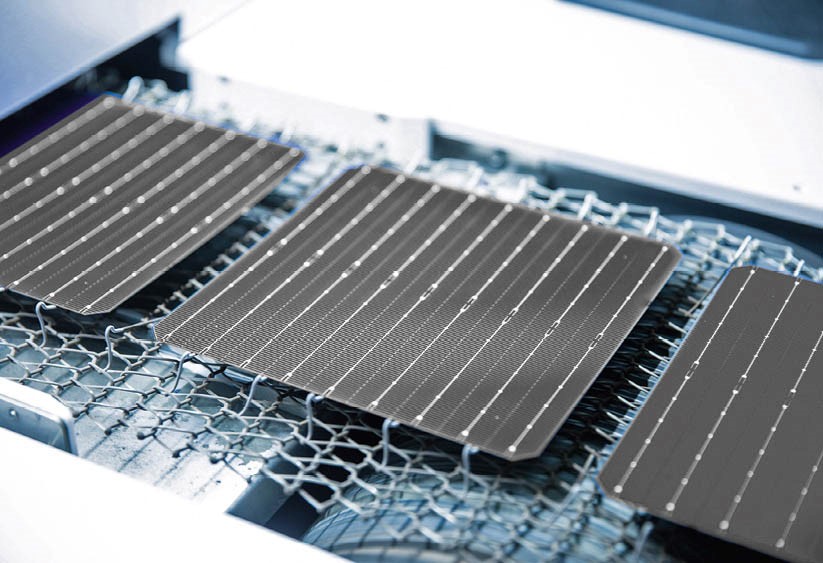A group of ten scientists has developed innovative pathways for PV cell technologies. Even though solar panels’ capacity exceeds 1 terawatt around the world, they still generate less electricity, about 5% to 6%. However, the large-scale production of solar energy has the potential to reduce greenhouse emissions. For this, we need more efficient solar panels to fulfill our energy requirements. Right now, most solar panels are manufactured from crystalline silicon. But in the future, we might use different materials to increase the efficiency of solar panels.
The solar technology TOPCon has a market share of about 23 %. Somehow, it’s not as popular as PERC. But, scientists think that by the year 2025, TOPCon will be even better than PERC. Especially in the United States, people might choose TOPCon technology to manufacture new solar panels. Furthermore, solar panel companies are trying to find ways to reduce the consumption of scarce raw materials, like silver and indium. Some companies and research labs are coming up with designs for solar panels that use less indium. They’re trying to design more efficient panels by using rare materials.
Tandem PV Cell Technologies:
Tandem solar cells overcome the efficiency limit of solar cells. By combining perovskite with silicon PV technology, scientists have developed monolithic 2-terminal perovskite cells. This has already achieved an efficiency of about 33.7%.
Cadmium telluride (CdTe) PV Cell Technology:
In the United States, about 25% of the solar panels used by power companies are manufactured from Cadmium Telluride (CdTe) PV technologies. However, this technology is not as popular globally, making up only 5% of the worldwide market. The First Solar arsenic-doped solar cells have an efficiency of about 22.3%. The researchers believe that Cd (Se, Te) with the element from Group V in the periodic table can revolutionize PV technologies.
Copper Indium Gallium Selenide Solar Cell Technology:
CIGS, which stands for Copper Indium Gallium Selenide, is the key area of future progress. Tandem cells using CIGS can be made by combining them with other materials. These combinations include different types of alloys like CdTe, silicon (Si), or even other versions of CIGS that have varying characteristics. This flexibility shows that CIGS technology has the potential to improve solar cell efficiency.
Multi-junction III-V Solar Cells Technology:
According to the U.S. Department of Energy, multi-junction III-V solar cells are special cells that can achieve an efficiency rate of more than 45%. These cells are particularly useful for generating power in space and could play a big role in space-based power generation.
The future of solar technology holds great promise for addressing our energy and environmental challenges. Researchers are diligently working to improve the efficiency, reliability, and sustainability of photovoltaic cells.


